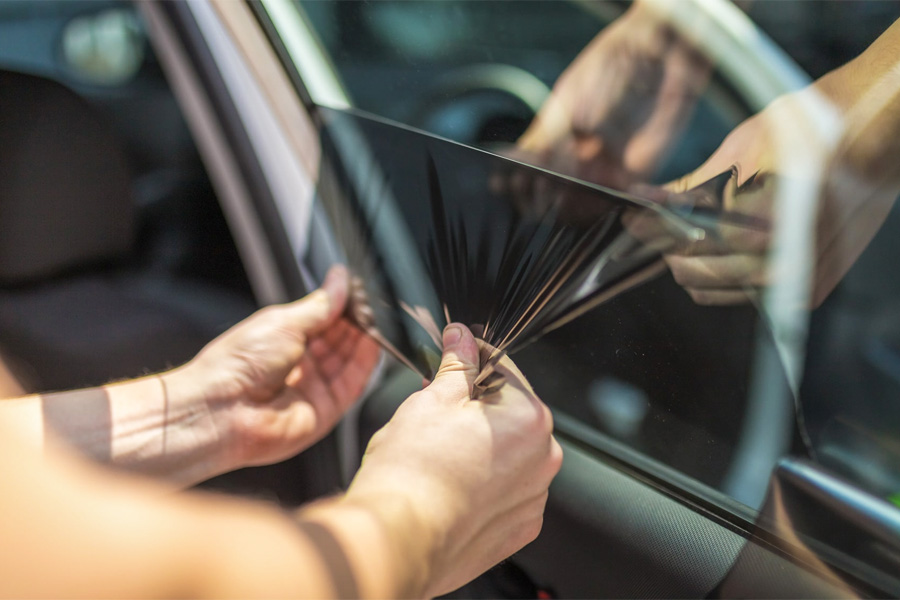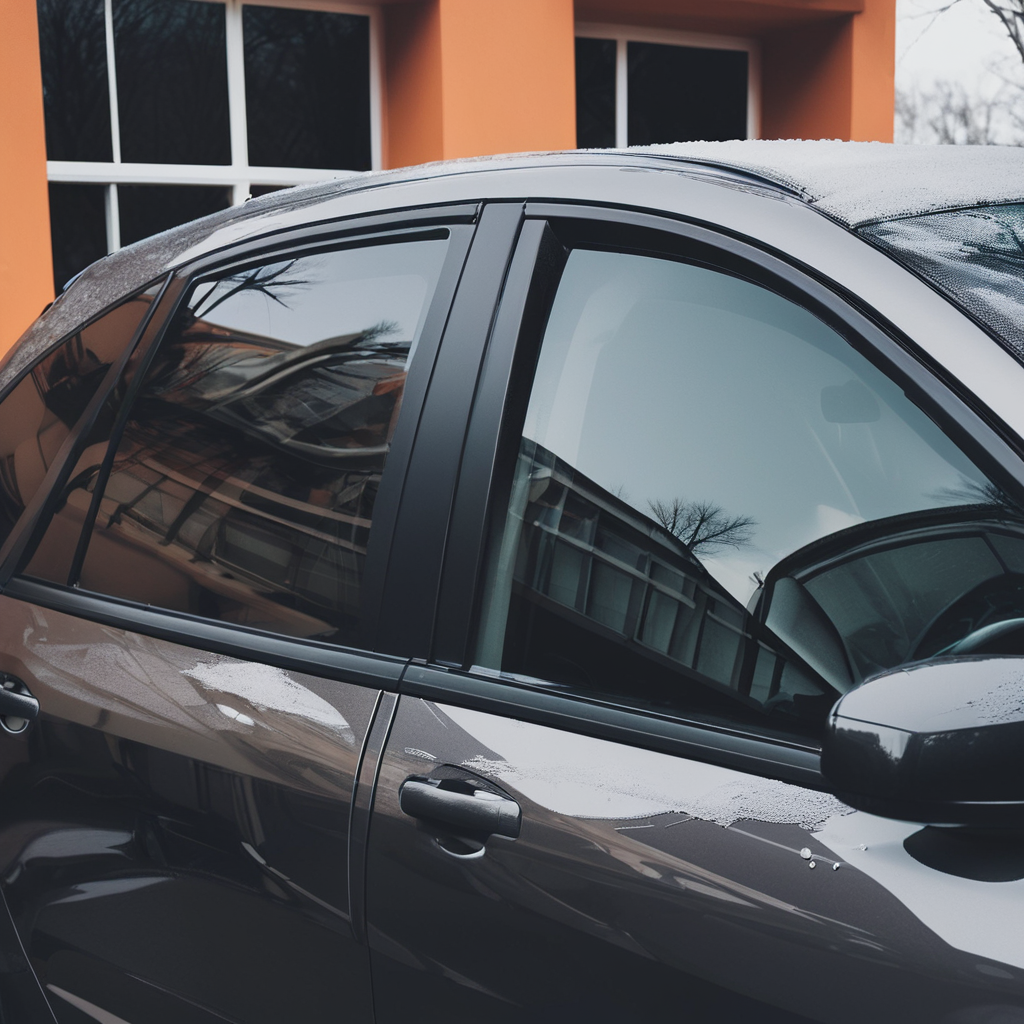Window Tinting Rules and Standards: What You Required to Know Before Tinting Your Car
Before continuing with home window tinting for your car, it is vital to acquaint on your own with the varied laws and guidelines that regulate this technique throughout various states. These regulations determine the permitted levels of tint darkness, usually measured by noticeable light transmission (VLT) portions, and include particular terms for front windshields aimed at making certain roadway security.
Summary of Home Window Tinting Regulations
Home window tinting legislations are frequently subject to variation throughout different territories, reflecting local laws and security considerations. These regulations dictate the acceptable levels of tint darkness and reflectiveness on automobile windows, guaranteeing that chauffeurs preserve sufficient presence while likewise shielding versus hazardous UV rays and heat.
The majority of guidelines identify window tinting based on the Visible Light Transmission (VLT) percent, which suggests the quantity of light that can pass via the home window. Normally, lower VLT percents indicate darker tints. Legislations commonly differentiate in between the front, side, and back windows, with more stringent restrictions put on the front windscreen to enhance safety and security for both the motorist and other roadway users.
Compliance with home window tinting policies is critical, as offenses can result in fines, compulsory elimination of the tint, and possible increases in insurance policy costs. It is necessary for vehicle owners to familiarize themselves with regional regulations prior to proceeding with window tinting installments.
State-by-State Color Regulations
Understanding the details home window tinting guidelines in each state is essential for automobile owners looking for to abide with the law. Each state in the U.S. has developed its very own set of guidelines regulating window tinting, which can vary significantly. These regulations commonly determine the permitted levels of color darkness, the kinds of windows that can be tinted, and any medical exceptions that might use.
For example, states like California have strict constraints on tint darkness for front windows, while others, such as New Mexico, may allow darker tints. Additionally, certain states mandate details presence portions for numerous home windows, consisting of the windshield, front side home windows, and back home windows. It is critical for auto owners to familiarize themselves with their state's laws to avoid potential penalties or charges.
Furthermore, some states may require an accreditation sticker to be put on colored home windows, suggesting conformity with state laws. Failing to abide by these policies not just takes the chance of lawful consequences however can also impact safety and security and presence while driving. Lorry owners must carry out comprehensive study or seek advice from local authorities to guarantee complete understanding and compliance with state-by-state color laws.
Allowed Tint Levels and Types
Several car proprietors might be surprised to learn that enabled tint degrees and types vary widely across various states. Each state has established its own guidelines pertaining to the allowable darkness and reflectivity of home window color, frequently determined by Visible Light Transmission (VLT) percents. VLT describes the quantity of light that can go through the colored windows; hence, a reduced portion shows a darker color.

Moreover, the types of color products enabled can differ, with some states forbiding metal or mirror-like surfaces. It is essential for automobile owners to familiarize themselves with their state's details laws to ensure compliance. Non-compliance can lead to fines, compulsory removal of the color, or various other lawful consequences, making it vital to understand these regulations prior to continuing with installment.
Medical Exemptions for Tinting
While not all states offer allowances for clinical exceptions relating to window tinting, those that do identify the need for details people to improve exposure and comfort due to clinical problems. Numerous clinical conditions, such as lupus, skin cancer cells, and certain eye problems, can provide individuals visit our website particularly delicate to sunshine. As a result, these individuals might need darker colors to secure themselves from dangerous UV rays and glare.

It is very important to note that despite having a medical exception, there might still be limitations on the degree of tint permitted. Conformity with state regulations makes sure that people are both safeguarded and within legal restrictions. Those thinking about clinical exceptions ought to call their neighborhood Division of Motor Automobiles or equal authority to understand the treatments and requirements essential to request an exemption efficiently.
Charges for Non-Compliance
Stopping working to conform with home window tinting regulations can cause substantial fines, which differ by state. Regulation enforcement agencies are empowered to provide citations for lorries that do not abide by the defined tinting regulations. These fines usually include fines, which can vary from modest total up to several hundred dollars, depending upon the severity of the violation and the state in inquiry.
In some territories, duplicated offenses might result in intensifying fines or extra penalties, such as compulsory court looks. Furthermore, non-compliance may necessitate the removal of illegal tinting, typically at the owner's expense. In severe cases, habitual wrongdoers might face suspension of their car enrollment till conformity is accomplished.
Additionally, insurance effects might develop from getting numerous citations for window color infractions. Insurance companies may check out such offenses as an indication of riskier behavior, potentially leading to increased premiums or trouble in protection.
To avoid these charges, it is vital for automobile owners to familiarize themselves with their regional home window tinting laws and make certain that their automobile complies (Window Tinting). This aggressive strategy not only prevents legal ramifications but additionally promotes roadway safety
Verdict

A lot of regulations classify window tinting based on the Visible Light Transmission (VLT) portion, which indicates the quantity of light that can pass through the window. Compliance with home window tinting policies is crucial, as offenses can result in fines, mandatory removal of the tint, and prospective rises in insurance coverage costs.Recognizing the specific home window tinting regulations in each state is vital for car owners seeking to conform with the law. These laws often determine the allowable levels of tint darkness, the kinds of home windows that can be tinted, and any medical exemptions that might apply.
For instance, states like California have stringent restrictions on tint darkness for front windows, while others, such as New Mexico, may permit darker tints.